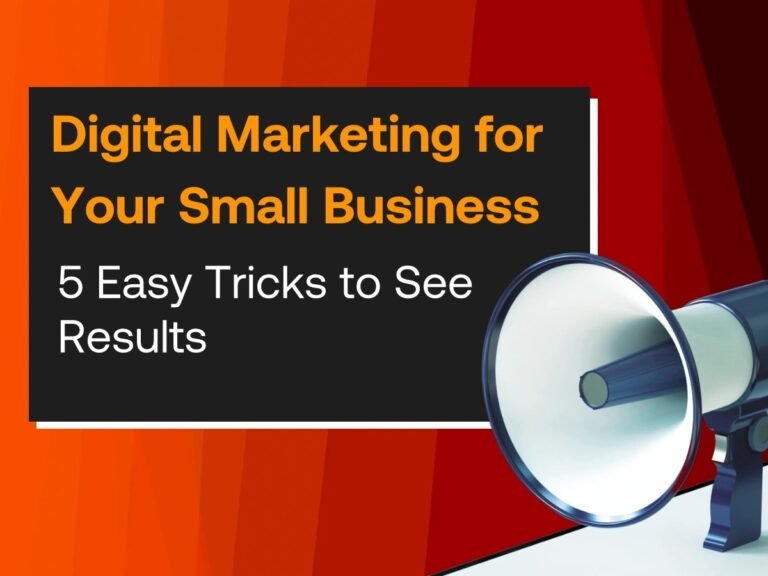
Ever wondered what it takes to turn your tech business ideas into a thriving Software as a Service (SaaS) venture? Is it even a worthwhile venture? The SaaS business model has become increasingly popular over the years due to its flexibility, scalability, and cost-effectiveness. Furthermore, the SaaS model’s subscription-based revenue system offers a steady income stream, making it an attractive option for entrepreneurs
Whether you’re a graphics designer looking to revolutionize the visual landscape, a tech freelancer hungry for new tech freelancing opportunities, or someone intrigued by the vast potential of mobile app development and eCommerce businesses, you’re in the right place.
Launching a SaaS product successfully requires a strategic approach and careful planning. Let’s explore together the strategies and practical tips that will set you on the path to not just launching, but thriving in the exciting world of SaaS.
Ready to turn those tech dreams into reality? Let’s get started.
What is a SaaS Business?
SaaS stands for Software as a Service, which is a cloud-based software distribution model. In a SaaS business, users access the software and its features through a web browser instead of purchasing and installing software on individual computers or servers.
This means that the software is hosted and maintained by a third-party provider and made available to customers on a subscription basis.
In a SaaS business model, customers typically pay a recurring fee to use the software, and the provider is responsible for handling tasks such as software updates, maintenance, security, and support. This approach offers several advantages, including cost savings, scalability, and the ability to access the software from any device with an internet connection.
SaaS businesses cover a wide range of applications, from project management and customer relationship management (CRM) to collaboration tools, accounting software, and more.
The SaaS model has become increasingly popular due to its flexibility, accessibility, and the ability for businesses to focus on using the software rather than managing the underlying infrastructure.
How to Start a SaaS Business
Launching a SaaS product is a multi-faceted endeavor that requires careful planning and execution. From ideation to user acquisition, we’ll explore the critical steps that can make or break your product launch.
1. Identify a Niche and Validate Your Idea
The first step in launching a successful SaaS business is to identify a niche that has a real need. Conduct thorough market research to understand pain points and challenges within the industry. Engage with potential users through surveys, interviews, and prototype testing to validate your idea. Ensure there’s a demand for your SaaS solution before investing time and resources.
2. Create a Solid Business Plan
A well-thought-out business plan is the backbone of any successful venture. Define your target market, outline your value proposition, and establish a clear monetization strategy. Include financial projections, marketing plans, and a competitive analysis.
A comprehensive business plan not only guides your actions but also serves as a crucial document when seeking funding or partnerships.
3. Build a Prototype or Minimum Viable Product (MVP)
Before diving into full-scale development, create a prototype or MVP to test your concept. This allows you to gather feedback from early users, identify potential issues, and refine your product based on real-world insights.
Keep the initial version simple, focusing on core features that address the primary pain points of your target audience.
4. Invest in Quality Development
Once you’ve validated your concept through the MVP, invest in building a robust and scalable SaaS platform. Consider working with experienced developers who understand the unique challenges of SaaS development, such as scalability, security, and data management.
Prioritize user experience and ensure that your platform is intuitive and easy to navigate.
5. Implement Effective User Onboarding
User onboarding is a critical phase that can make or break your SaaS business. Create a seamless onboarding process that guides users through the initial setup and showcases the value of your platform.
Provide clear tutorials, tooltips, and support resources to help users get started quickly. A positive onboarding experience increases user retention and satisfaction.
6. Focus on Scalable Infrastructure and Security
As your SaaS business grows, scalability becomes paramount. Invest in a robust infrastructure that can handle increased user loads without compromising performance. Implement strict security measures to protect user data and maintain compliance with industry regulations.
A secure and scalable platform builds trust with users and sets the foundation for long-term success.
7. Develop a Comprehensive eCommerce Marketing Strategy
A successful SaaS launch requires a well-executed eCommerce marketing strategy and the perfect eCommerce marketing tools. Identify your target audience and tailor your messaging to address their specific pain points.
Leverage digital marketing channels such as content marketing, social media, and email campaigns. Consider offering a freemium model or free trials to attract early adopters and generate buzz around your product.
8. Build Strong Customer Support
Exceptional customer support is a key differentiator in the competitive SaaS landscape. Establish multiple support channels, including email, chat, and a knowledge base.
Respond promptly to user inquiries and actively seek feedback to continuously improve your product. A satisfied customer is not only a repeat customer but also a potential advocate who can help promote your SaaS solution.
9. Optimize Pricing and Monetization
Determine the optimal pricing model for your SaaS business. Consider factors such as your target market, competitor pricing, and the perceived value of your product.
Explore different pricing tiers, such as monthly subscriptions, annual plans, or usage-based pricing. Regularly review and adjust your pricing strategy based on market dynamics and customer feedback.
10. Iterate Based on User Feedback and Analytics
The SaaS industry is dynamic, with user needs and market trends constantly evolving. Regularly collect and analyze user feedback to identify areas for improvement. Utilize analytics tools to track user behavior, engagement, and conversion rates.
Iterative development based on data-driven insights ensures that your SaaS product remains relevant and competitive in the long run.
As We Wrap Up
Launching a successful SaaS business is a challenging yet rewarding endeavor. By following these steps and staying adaptable to market changes, you’ll be well-positioned to navigate the complexities of the SaaS landscape.
Remember, success in the SaaS industry is not just about creating a great product but also about building lasting relationships with your users and continuously refining your offering to meet their evolving needs.
Good luck on your SaaS journey!





